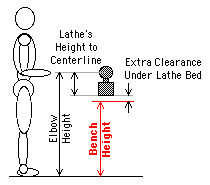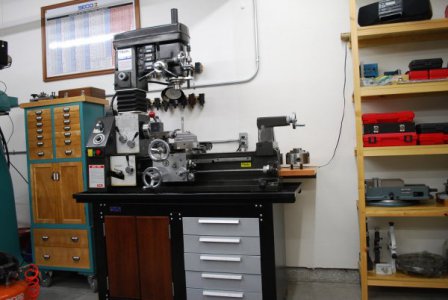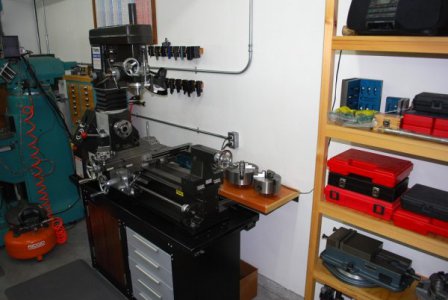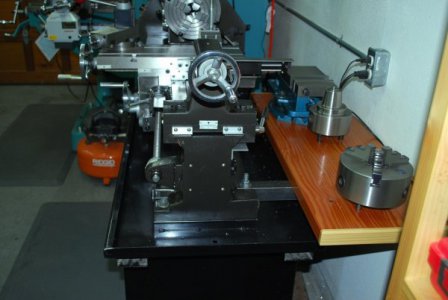- Joined
- Oct 1, 2017
- Messages
- 5
Seeking opinions on setting up a bench/stand/support for the Smithy. What is the best height for the support structure under one of these 3n1's? I am average height at 5'9" (or 175cm.)
What does your bench/table/stand measure? Is there a general rule where the chuck should be in relation to ones waist or elbow for good ergonomics? Since the head is able to rotate, I am not too concerned about it being too low; but so many people have commented on hitting their head, I may be missing something on this. I would think the center of the chuck at elbow height would be a good place. Not to high you have good access, without too much stooping to see the contact area.
I am a complete newbie to machining and would appreciate thoughts and experiences on a good working height. I will be welding a stand, so can custom build it, but would rather not do a lot of trial and error to get there. Thougts? Comments?
What does your bench/table/stand measure? Is there a general rule where the chuck should be in relation to ones waist or elbow for good ergonomics? Since the head is able to rotate, I am not too concerned about it being too low; but so many people have commented on hitting their head, I may be missing something on this. I would think the center of the chuck at elbow height would be a good place. Not to high you have good access, without too much stooping to see the contact area.
I am a complete newbie to machining and would appreciate thoughts and experiences on a good working height. I will be welding a stand, so can custom build it, but would rather not do a lot of trial and error to get there. Thougts? Comments?




